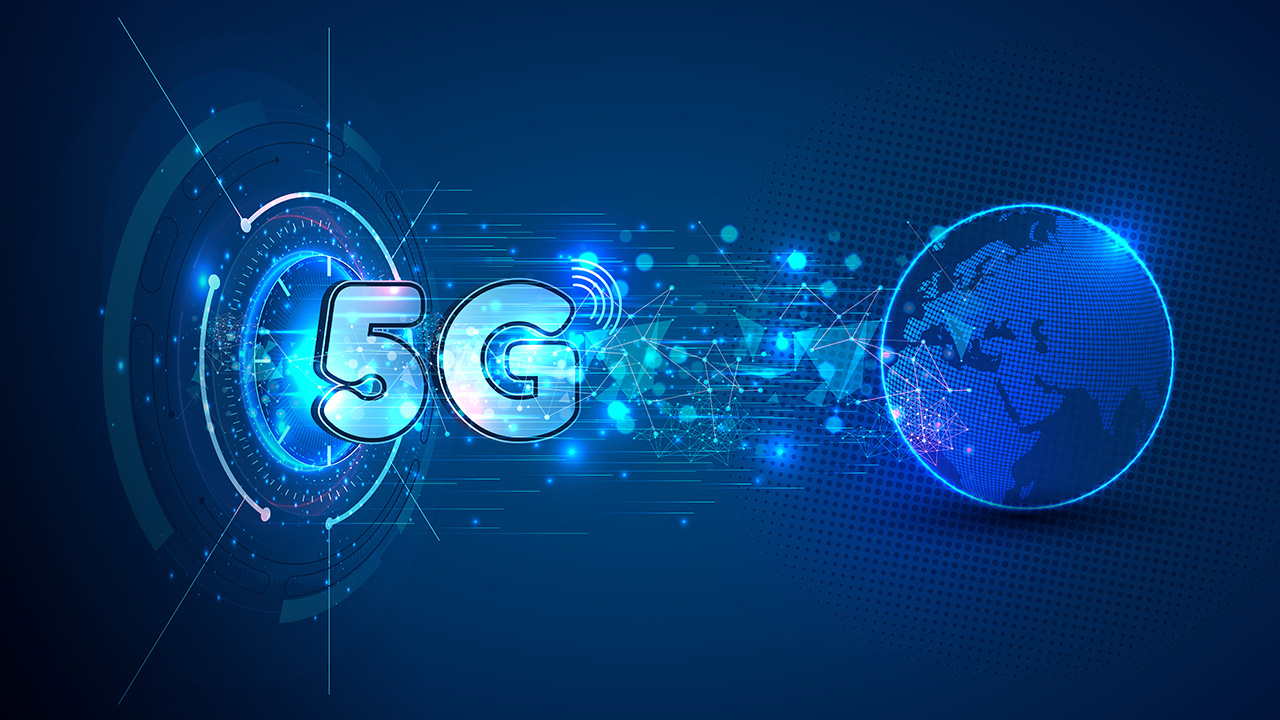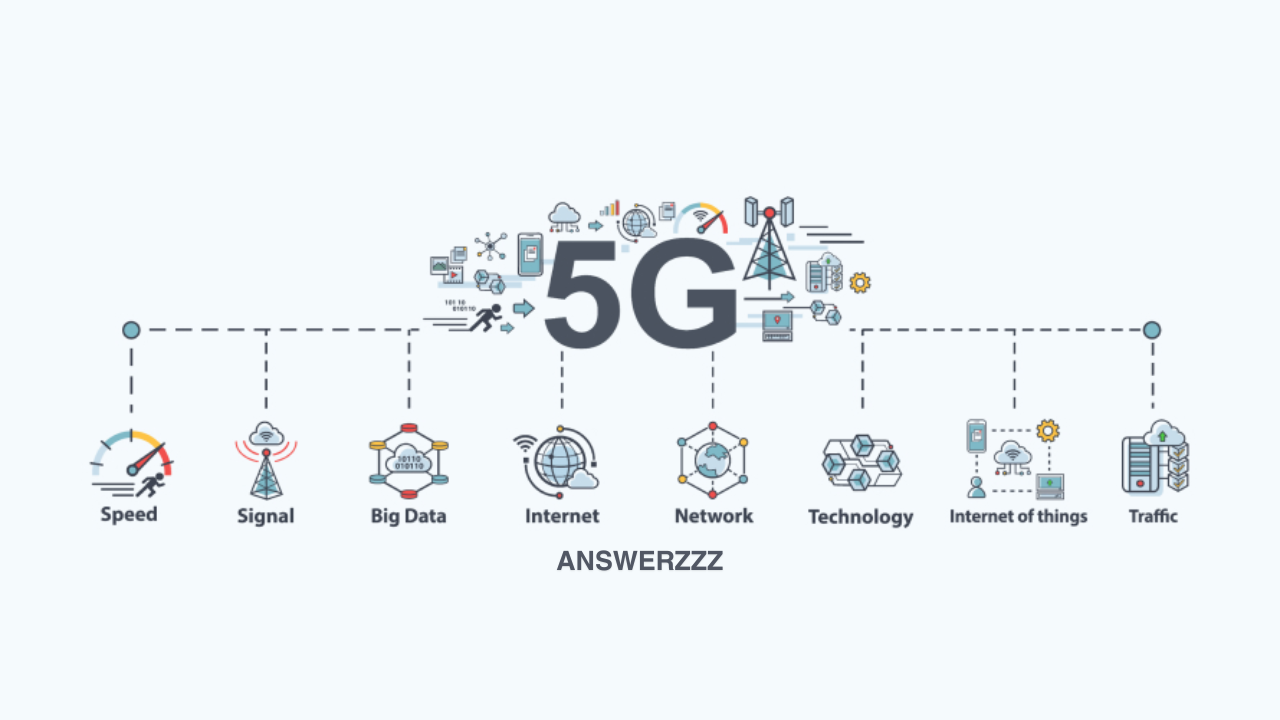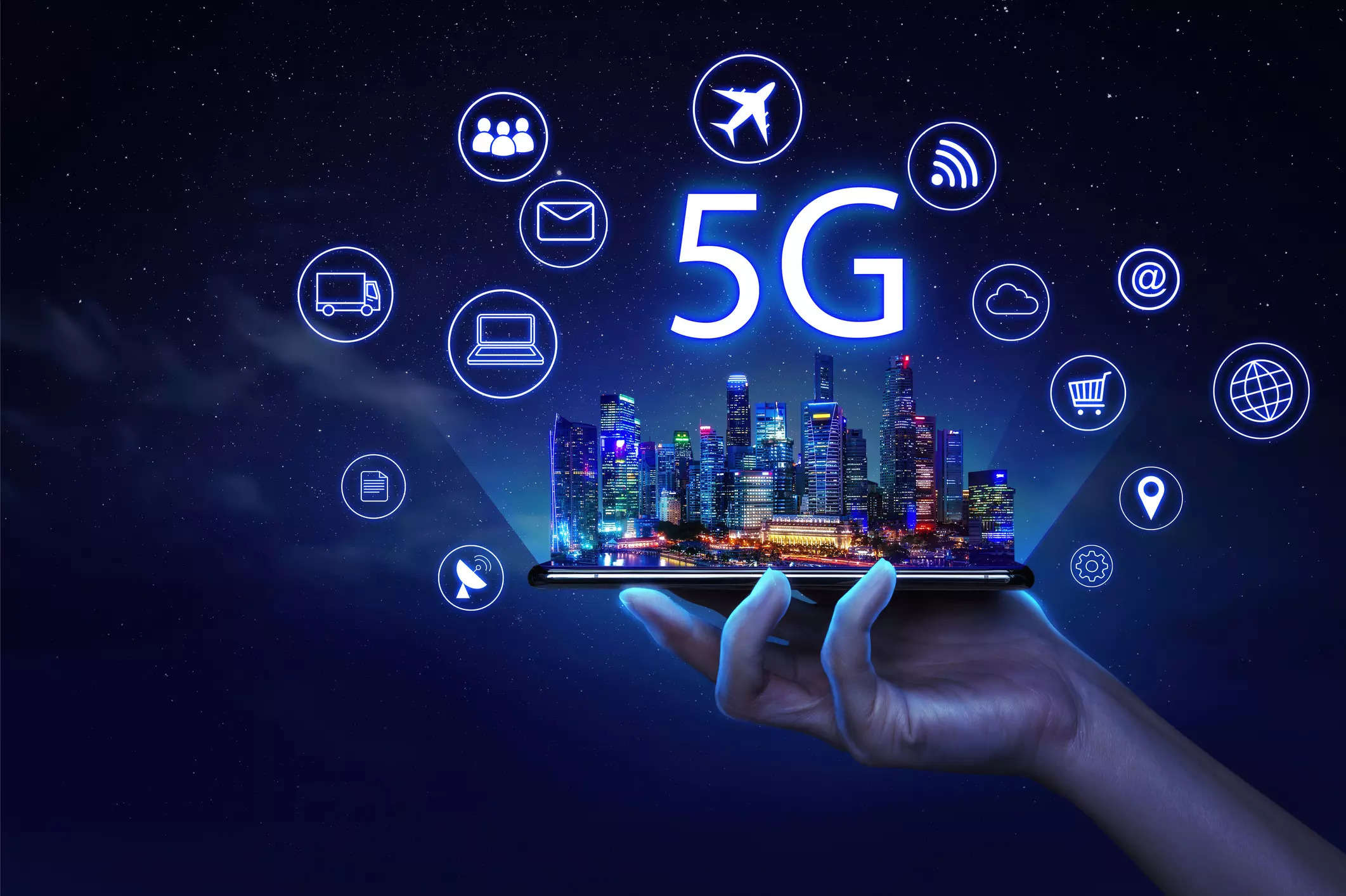The evolution of mobile communication has witnessed several significant milestones, with each generation of technology bringing enhanced capabilities and functionalities. The advent of 5G technology is one of the most transformative developments in this field, poised to revolutionize the way we connect, communicate, and interact with the world. This article explores the features, benefits, applications, and challenges of 5G technology, highlighting its potential to reshape connectivity across various sectors.
Understanding 5G Technology

What is 5G?
5G, or fifth-generation wireless technology, is the latest standard in mobile networks. It promises faster speeds, lower latency, and the ability to connect a significantly larger number of devices compared to its predecessors, 4G and 3G. While 4G technology provided maximum download speeds of about 1 Gbps, 5G is expected to reach speeds of up to 20 Gbps under ideal conditions.
Key Features of 5G
- Higher Speeds: One of the most notable features of 5G technology is its potential for ultra-fast data transfer rates. This increased speed facilitates quicker downloads, smoother streaming, and improved overall user experiences.
- Low Latency: 5G significantly reduces latency, the time it takes for data to travel from one point to another. While 4G networks typically have latencies around 30-50 milliseconds, 5G can reduce this to as low as 1 millisecond, enabling real-time interactions.
- Increased Capacity: 5G networks can handle a far greater number of simultaneous connections than previous generations. This capability is crucial as the number of connected devices continues to rise with the expansion of the Internet of Things (IoT).
- Network Slicing: This feature allows operators to create multiple virtual networks within a single physical 5G network. Each slice can be customized for specific use cases, ensuring that applications receive the necessary resources to perform optimally.
- Enhanced Reliability: 5G networks are designed to provide more reliable connections, which is essential for critical applications, such as autonomous vehicles and telemedicine, where connectivity failures can have serious consequences.
The Impact of 5G on Connectivity
Transforming Everyday Communication
5G technology is set to redefine how we communicate in our daily lives. Enhanced mobile broadband capabilities allow for faster video calls, clearer voice communications, and seamless social media interactions. As 5G becomes more widespread, consumers can expect more immersive experiences, such as virtual and augmented reality applications that require high-speed connections.
Revolutionizing Business Operations
Businesses across various sectors are beginning to recognize the potential of 5G technology. Here are some key areas where 5G is expected to make a significant impact:
- Remote Work and Collaboration: The COVID-19 pandemic has accelerated the shift towards remote work, and 5G technology facilitates this transition by providing fast, reliable internet connections. Enhanced video conferencing capabilities, cloud computing, and real-time collaboration tools will be more effective with 5G.
- Smart Manufacturing: 5G can enable the use of IoT devices in manufacturing, leading to more efficient production processes. Real-time data analytics can help companies optimize their operations, reduce downtime, and enhance overall productivity.
- Supply Chain Management: With increased connectivity, businesses can track shipments and inventory in real time. 5G technology allows for improved logistics, reducing costs and increasing efficiency across the supply chain.
Advancing Healthcare
The healthcare industry stands to benefit immensely from the capabilities offered by 5G technology. Some key applications include:
- Telemedicine: The ability to transmit high-quality video and audio in real-time can enhance telemedicine services. Patients can receive medical consultations from specialists regardless of their location, reducing travel time and improving access to healthcare.
- Remote Monitoring: 5G can facilitate the use of wearable devices that monitor patients’ vital signs in real time. This capability allows healthcare providers to respond promptly to changes in a patient’s condition, leading to better patient outcomes.
- Augmented Reality in Surgery: Surgeons can use augmented reality (AR) applications to overlay digital information on their field of view during procedures, enhancing precision and outcomes.
Enhancing Smart Cities
5G technology is essential for the development of smart cities. As urban areas continue to grow, the need for efficient management of resources and services becomes critical. Some ways 5G can contribute to smart city initiatives include:
- Connected Infrastructure: Traffic lights, public transportation systems, and utility services can be interconnected, leading to better resource management and enhanced citizen services.
- Surveillance and Security: 5G enables the use of high-definition cameras and IoT sensors for enhanced surveillance, improving public safety and emergency response times.
- Environmental Monitoring: IoT devices can collect data on air quality, noise levels, and other environmental factors, helping city planners make informed decisions for sustainable urban development.
The Role of 5G in the Internet of Things (IoT)
Seamless Connectivity for IoT Devices
The Internet of Things refers to the growing network of connected devices that communicate and share data. 5G technology plays a pivotal role in the proliferation of IoT by providing the high-speed, low-latency connections required for real-time data exchange. This connectivity allows devices to operate more efficiently, enabling smarter homes, cities, and industries.
Use Cases in IoT
- Smart Homes: With 5G, smart home devices such as thermostats, security cameras, and appliances can communicate seamlessly, offering greater convenience and energy efficiency.
- Wearable Technology: Fitness trackers and health-monitoring devices can transmit data to healthcare providers in real time, allowing for better health management.
- Agriculture: Farmers can utilize IoT sensors to monitor crop health, soil conditions, and weather patterns. 5G connectivity allows for real-time data analysis, leading to more informed decision-making and improved yields.
Challenges in Implementing 5G Technology
Infrastructure Development
The rollout of 5G technology requires significant infrastructure investments. Network operators must deploy a dense network of small cells, which are essential for achieving the coverage and performance levels promised by 5G. This process can be costly and time-consuming, particularly in rural and underserved areas.
Spectrum Allocation
5G operates on a variety of frequency bands, including low, mid, and high-band spectrums. The allocation of these spectrums is a complex regulatory process that varies by region. Ensuring that sufficient spectrum is available for 5G deployment is critical for the technology’s success.
Security Concerns
As with any technology, security is a major concern. The increased number of connected devices and the reliance on wireless communication create vulnerabilities that malicious actors can exploit. Ensuring robust security protocols for 5G networks is essential to protect user data and maintain trust.
Public Perception and Adoption
Public perception of 5G technology can also pose challenges. Misinformation and concerns about potential health risks associated with 5G radiation can hinder widespread adoption. Educating the public about the benefits and safety of 5G technology is crucial for fostering acceptance.
The Future of 5G Technology

Ongoing Developments
As 5G technology continues to evolve, ongoing research and development are essential for maximizing its potential. This includes innovations in antenna technology, network management, and enhanced applications that leverage the capabilities of 5G.
6G on the Horizon
While 5G is still being rolled out globally, discussions about the next generation, 6G, are already underway. Expected to be operational by the 2030s, 6G is anticipated to provide even faster speeds, more reliable connections, and advancements in areas such as holographic communication and advanced AI integration.
Global Connectivity
5G technology has the potential to bridge the digital divide by providing high-speed internet access to underserved areas. Initiatives focused on expanding 5G infrastructure can enhance connectivity for millions of people worldwide, promoting economic development and social equity.
5G technology is not just an incremental upgrade to previous generations; it represents a fundamental shift in connectivity that will shape the future of communication, business, healthcare, and urban living. As it continues to be deployed globally, the transformative potential of 5G will become increasingly evident. However, addressing the challenges associated with infrastructure development, security, and public perception will be critical to ensuring its success. As we stand on the brink of a new era in connectivity, the possibilities offered by 5G are limitless, promising a future where technology seamlessly integrates into our daily lives, enhancing the way we interact with the world.




